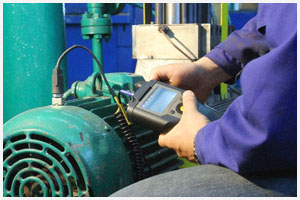
Cranes, which are in the category of lifting and conveying equipment, are simply the means used to lift weights. It can be divided into three main parts. The first one is the big and heavy body where the crane sits on the ground, the second is an arm extending obliquely from the body, and the third is the steel rope hardware installed on the body and arm.
In order to prevent unwanted accidents and adverse situations, these vehicles operating under very heavy loads should be checked regularly. Maintaining the cranes at the desired intervals is a necessary application both in terms of protection of the employees and not to bear unnecessary costs in the workplace. Hooks and ropes, which are the most critical parts of cranes, should also be reviewed on a daily basis.
Periodic checks for cranes are a legal obligation and in case of an undesirable situation, whether or not regular checks of the crane have been made is the first point to be looked at. If the controls are not done properly, the owner of the enterprise will be held responsible and penalties will be issued according to the relevant regulation.
Cranes are equipment operating under heavy loads and therefore have low wear tolerances. The controls of the cranes and auxiliary equipment must be carried out by qualified personnel and must report the results. In this way, failures are detected in a timely manner and measures can be taken for situations that endanger security or cause major economic losses.
If there are any reports of the crane used in the previous periodic inspections, they are reviewed first and if any nonconformity is detected, it is checked whether this nonconformity has been removed or not. In addition, it is checked whether the crane operator is authorized to use the crane.
After the preliminary checks, the control of the technical features of the crane starts. Rail checks for rail towers, drums and ropes of the crane, hooks, cabin and stand checks for tower cranes are performed. Dynamic and static load controls are performed. Finally, function checks are made in no-load condition.
In the Regulation on Health and Safety Conditions in the Use of Work Equipment issued by the Ministry of Labor and Social Security, control periods, criteria to be considered during periodic inspections and related standards are explained according to the types of machines. Accordingly, the cranes must be inspected at least once a year unless another time is stipulated in the relevant standards.
For more information, you can reach our expert team from our contact addresses and phone numbers and you can get answers to all your questions.